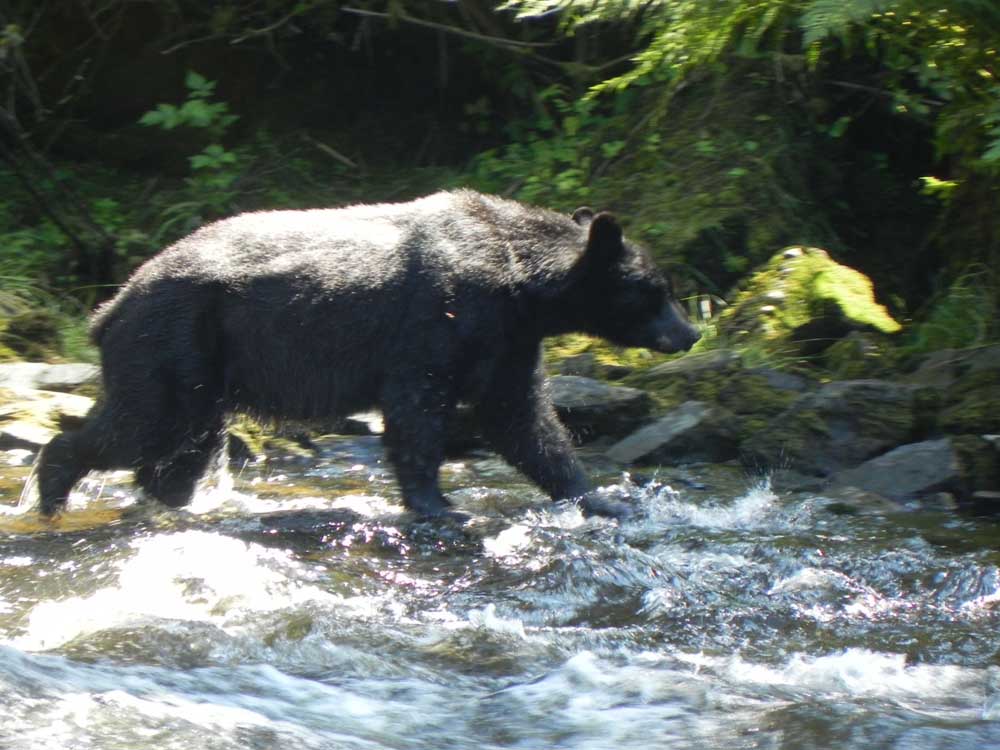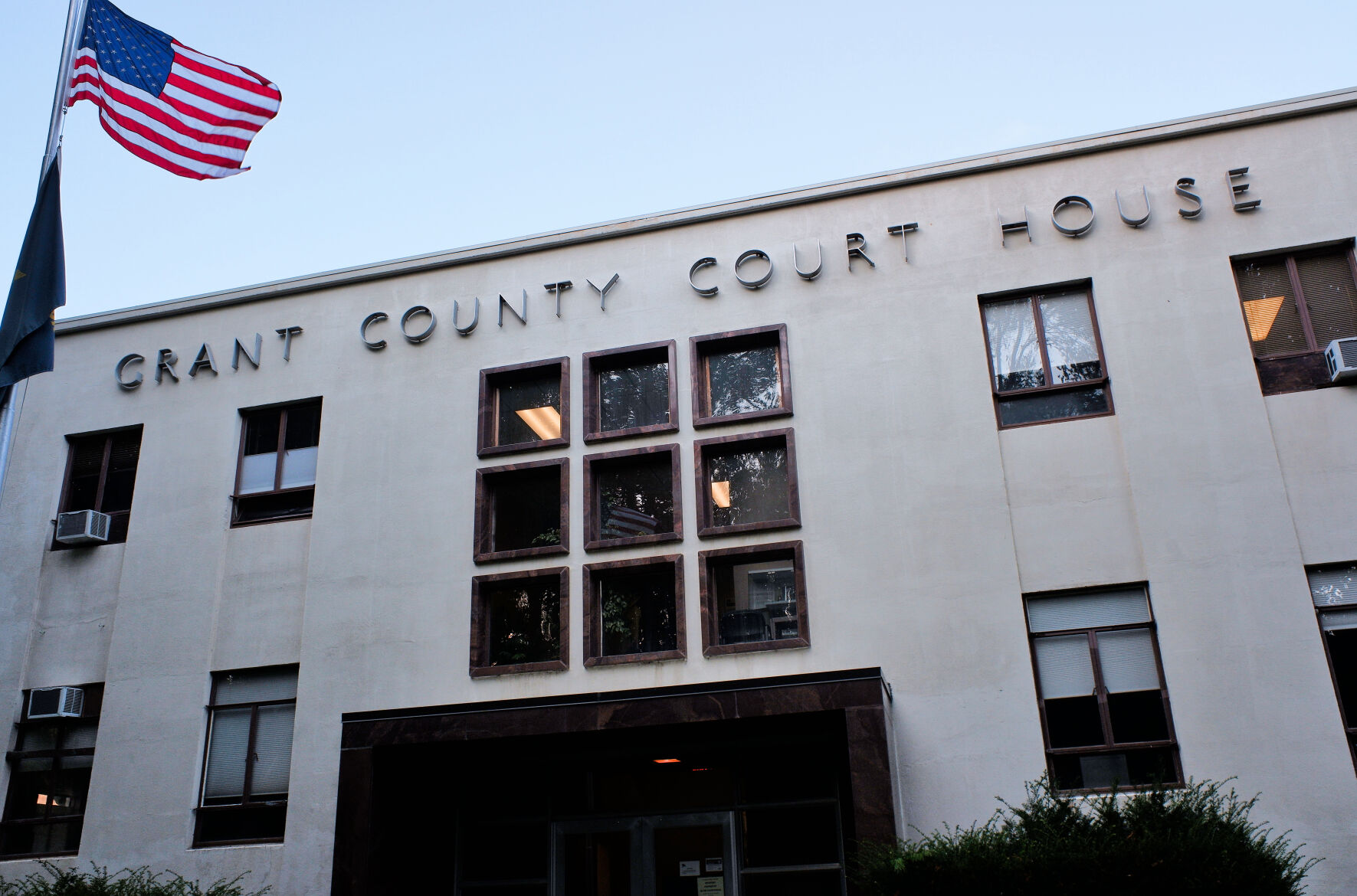Spring bear hunting season underway
Published 1:00 pm Sunday, April 7, 2024

- The Oregon Department of Fish and Wildlife reports healthy populations of black bears in Northeastern Oregon.
PENDLETON — Oregon’s spring controlled black bear hunting season opened Monday, April 1, but lingering snow at higher elevations will limit access in many areas, especially early in the season.
The spring controlled hunts continue through May 31.
The statewide general bear season starts Aug. 1 and continues through the end of the year. In 2023, hunters killed 1,616 bears in Oregon — 680 during the spring controlled season and 936 in the fall general season, according to the Oregon Department of Fish and Wildlife.
However, hunters tend to do better during the shorter spring season in parts of Northeast Oregon.
Successful bear hunters must check in their bear’s skull at an ODFW office within 10 days of the harvest so biologists can collect a tooth and other biological information.
Hunters can harvest up to three bears per year — one in the spring if they draw a controlled hunt tag, one during the general fall season and a second bear in the fall season if they buy an additional tag.
The bag limit for all seasons is one bear, except it is illegal to kill cubs less than one year old or sows with cubs that are less than a year old.
There are several controlled hunts this spring in Eastern Oregon.
Among the more popular hunts are the Snake River Unit. In 2023, hunters killed 44 bears in that unit in the spring season, and 13 in the fall general season.
In the Mount Emily Unit, hunters took 41 bears in the spring and 23 in the fall. The Wenaha Unit yielded 33 bears in the spring and three in the fall season, and the Pine Creek Unit, in northeastern Baker County, produced 27 bears in the spring and nine in the fall.
Competition for tags in those units is high, too. In 2023, for instance, 786 people made the Snake River spring hunt their first choice. The state issued 440 tags for that unit for this year’s spring hunt.
The hunt that includes the Mount Emily and Walla Walla units (many spring hunts span multiple units) had 1,569 applications in 2023, and the tag total for 2024 is 220.
ODFW has issued a spring bear hunting forecast for the region.
Baker and Union counties
Hunters should expect access to be limited early in the season with access to high elevations by mid to late season. Look for bears in areas of early green up. Usually south-facing slopes are the first to become snow-free and can be good places to glass for bears.
Hunters planning on traveling the 39 Road to access the McGraw area should be aware that the road is still snow covered from about the Lake Fork Campground on. In the Keating Unit, hunters will find better access in some of the mid to low elevations.
The Catherine Creek Unit will produce good bear numbers this year. Much of the unit’s lower elevations are on private land, so hunters should get permission before hunting. The higher elevations are mostly within the Wallowa-Whitman National Forest and contain excellent bear habitat.
In the Starkey and Ukiah Units, most open breaks are free of snow, with some shaded roads still inaccessible. Lower elevations are starting to green up, with many plant species that bears forage on starting to sprout.
Grant County
Lower elevations have already lost most of their snow and should be accessible during the earlier parts of the season. Most bears become more active around the first of May and can be found on open slopes feeding on newly sprouted vegetation. Bears are scattered throughout the hunt area, but bears are most abundant in the Desolation, West Beulah and Northside units.
Umatilla County
Snow will limit access in areas off the Tollgate Highway, but the Lincton and Blalock Mountain areas in the Walla Walla Unit, and the forks of the Umatilla in the Mount Emily, should have better access earlier in the season.
Early season bear activity is concentrated along the lower elevation fringes of national forestland. Bears follow the green up elevation band; concentrate on timbered slopes with small openings with lush green moss, sedge or grassy areas. If the spring is wet, bears will be out on open slopes foraging on wild onions and sedges. If the day is cool, bears will be out in the open for longer periods. However, in warm weather, bear activity will be concentrated early in the morning and late in the day near sundown.
Wallowa County
Vehicle access at higher elevations will be limited until early May, but the winter was relatively mild, and many areas, especially at lower and middle elevations, might open up earlier than usual.
Access to Eden and Bartlett Bench in the Wenaha Unit is looking promising, barring any late snowstorms. Access in the Snake River Unit will be more difficult due to complications from the Double Creek Fire. For up-to-date restrictions check with the Wallowa Mountains Office at 541-426-5546.
In the early season, most bears will be found in canyon areas. Lower elevation areas in the Imnaha, Snake River and Wenaha Units are already experiencing green up, especially in burned areas. If hunting later in the season, focus on predator calls in open meadows with adjacent timber.









